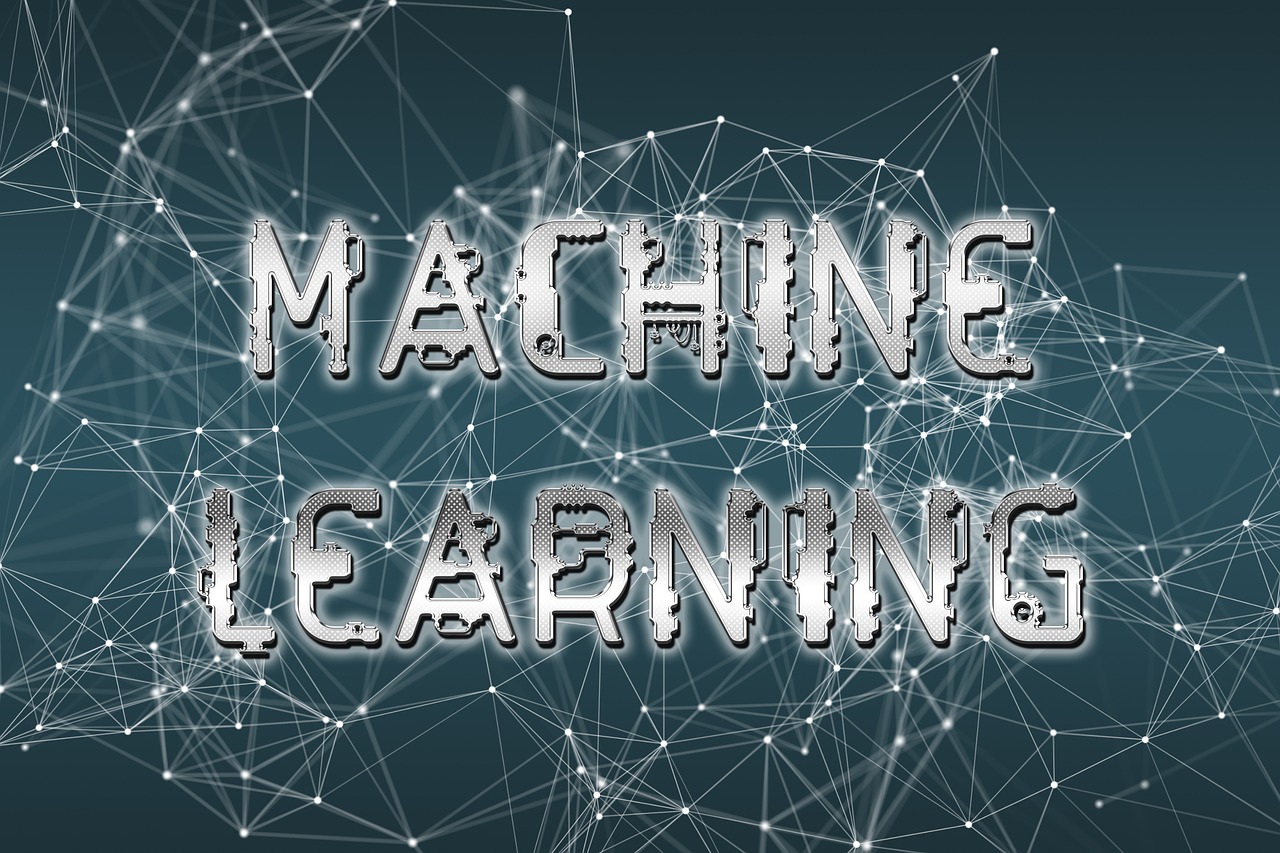How to Solve Your Business Problems with ML?
Unless you are still in the Stone Age, chances are pretty high that you know a thing or two about machine learning.
With the inception of technology, machine learning has become popular and trending in different fields. As the norm with several trends, most businesses want to buy without knowing how to use machine learning.
Undeniably, this leads to pointless confusion and spending. But, do not panic. Below, we will show you how ML can solve actual business problems. Let’s delve in.
Machine Learning: What is it?
While technology has made life more accessible, the terminologies are not easy on people. Terms like Machine Learning, Deep Learning and Artificial Intelligence are hard to differentiate.
Though you rarely hear of Deep Learning, the other two are often used interchangeably. Besides, Machine Learning and AI are very similar but have slight differences.
AI is a vast concept and involves any machine or computer function that imitates human behavior. It hit the market in the 1950s but gained extreme popularity like 20 years ago and is still growing. Consequently, many things we know in our daily routine result from AI ideas. For instance, commuter apps like Uber often use Artificial Intelligence.
Conversely, Machine Learning is a component in the AI field. ML uses definite algorithms to identify patterns and learn from the provided data. Because of its nature, Machine Learning is essential for companies that function on vast amounts of data regularly because of its nature.
Better still, some companies will enable MLOps for your business to accomplish and gain better results within a brief period. So, all you need is to acquire their services and sit back to watch your business overcome its problems.
ML Solving Business Problems
Below are several ways in which businesses are using ML in solving problems.
-
Identifying and Sorting Content

This is known as classification. You can identify and group visitors to your website based on their click patterns. This will help you predict their interests in what to buy. A machine learning algorithm can tell and categorize them if they are sickly.
With ML, you will learn if the network traffic is suitable or not and even spammed emails. Remarkably, ML will also identify failing machines and schedule timely maintenance. This is possible based on various measurements such as current consumption and vibration.
However, the identification and sorting task will require following a prior example by a human expert. It’s a complicated and expensive process that would be best to start immediately for future similar problems.
Besides, it’s impossible to train an algorithm on identifying a failing machine without examples of a failing and a healthy machine.
Supervised learning algorithms are those that use set examples.
-
Value Prediction
A perfect example of this is your house’s cost estimation if you want to sell it today. Based on the number of rooms and baths, location, and size, ML can predict, relying on the value of similar houses. It is called a regression problem.
Regression problems can benefit a business in several ways, such as; how many phones are we likely to sell? What’s a reasonable salary for an experienced and skilled person? Regression is also helpful in making financial forecasts.
Similar to classification, regression also requires a set of examples for the algorithm to learn and follow. Using machine learning regression is potent in matters of scale. A person can make several estimates, but a machine makes thousands of exact predictions daily. Better still, training a machine to follow the set examples takes a shorter period.
-
Identifying Unknown Underlying Data
Supervised learning is precious. But, it comes with a significant limitation. You must know what you want to create tagged examples for the algorithm to follow.
Algorithms can still help to identify bunches of similar entries from available data. Because it lacks tagged examples, this is called unsupervised learning. A perfect example involves establishing several categories of visitors to your website based on spending patterns and locations.
-
Extraction of Useful Information
Machine learning models handling text analysis can use installed texts to establish if the feeling is positive or negative. So, you can use ML to monitor the feedback of your brand from social media. Generally, you can evaluate several text data to gain valuable business intelligence.
Using machine learning helps in factors like speed, scale, and cost. Undeniably, using ML to examine vast amounts of text data to extract valuable information is quicker than a human team.
-
Curating References
Among the most challenging issues of a business is identifying specific customer requirements. Fortunately, machine learning algorithms will help evaluate online user behavior to learn their likes and preferences.
This is valuable information for businesses to show highly significant marketing communications to customers. Targeted advertising maximizes the possibility of customers finding interesting business’s offerings that convert to a sale.
For instance, Netflix uses machine learning to know the tastes of different users. This is possible by examining age, history, nationality, and gender to recommend movies. Many online marketplaces adapt this application to ensure their customers remain interested.
-
Enhancing Customer Relations

Customer relationship management (CRM) is a common area that would need the help of ML to solve businesses’ problems. The ML analyzes several factors to establish customers’ satisfaction when interacting with a brand.
Different businesses observe several data points and feed them into machine learning algorithms to assess their CRM initiatives. Acquiring responses from these algorithms and altering their customer experience will help businesses enable increased customer interaction.
Machine learning can also enhance AI chatbots for communication commerce. Therefore, they make them feel more human in their engagements.
Final Word
Thoughtful use of ML to solve business problems can lead to increased benefits and massive gains in the long run. Furthermore, businesses should use ML to follow existing cases and seek new areas where ML can play more calculated roles.
Also, know that these technologies are not only accessible for data scientists. You can use software service providers to help do the heavy lifting for you. Most importantly, such technologies aim not to replace the human workforce but to enhance easier workflow.

